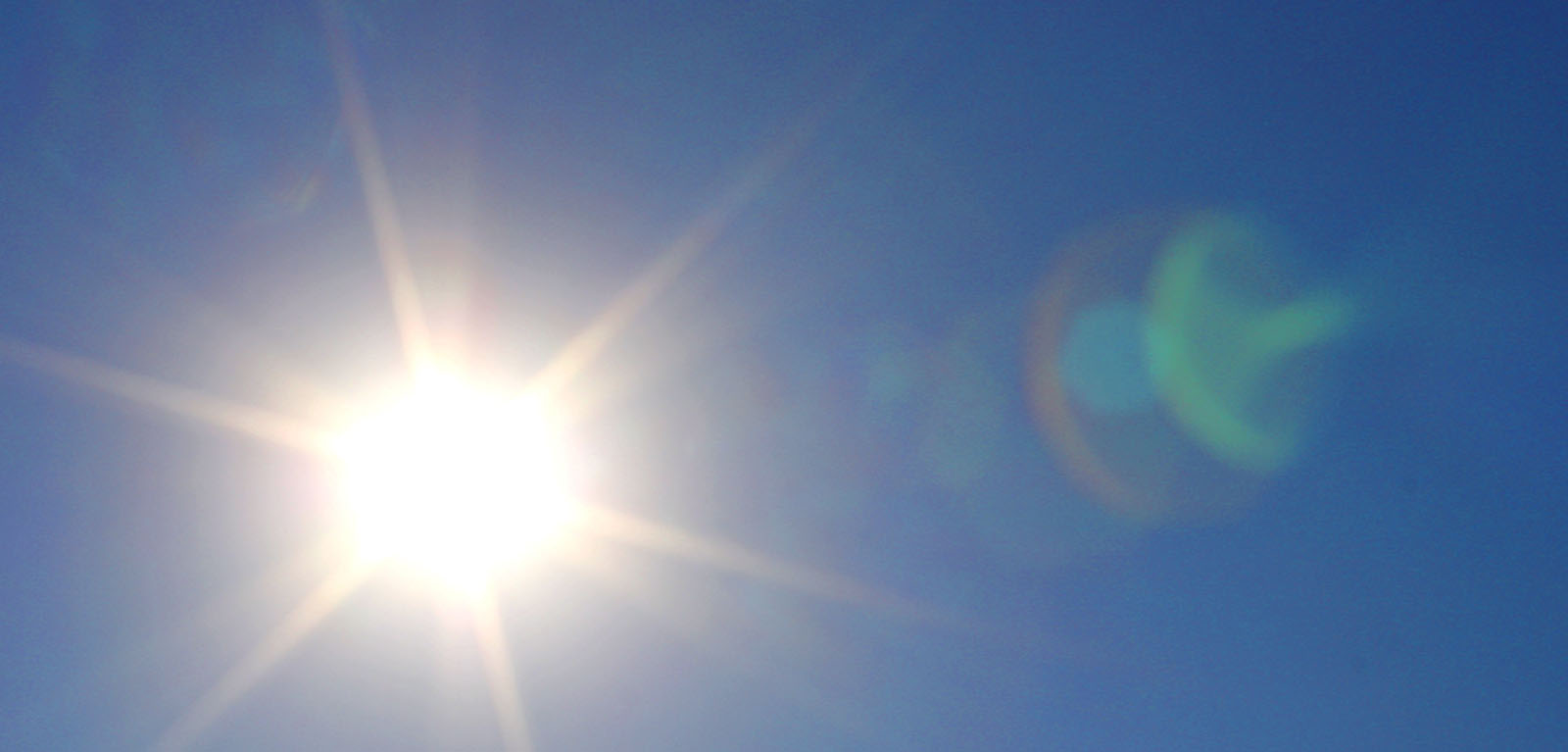Researchers analyse paint jets on a bass speaker to answer questions about the Sun
A team of researchers from across the UK and India have discovered a connection between fluid vibrating on a bass speaker and the small jets of plasma that originate from the surface of the Sun.

The team, which includes researchers from Queen’s University Belfast, have unraveled the science behind the jets of plasma - the fourth state of matter consisting of electrically charged particles - that occur just about everywhere in the sun’s chromosphere, which is a shallow layer just above the Sun's visible surface.
These jets, or spicules, appear as thin grass-like plasma structures that constantly shoot up from the surface. The amount of energy and momentum that these spicules can carry is of fundamental interest in solar and plasma astrophysics. The processes by which plasma is supplied to the solar wind, and the solar atmosphere is heated to a million degrees Celsius, still remain a puzzle.
The team has found that the abundant and well understood convection in the lower solar atmosphere - similar to boiling water in a hot pan - can, by itself, drive all kinds of different jets.
The group was led by Dr Piyali Chatterjee from the Indian Institute of Astrophysics, Bengaluru, and Dr Jiajia Liu and Dr Chris Nelson were the lead researchers from Queen’s. The research has been published in Nature Physics.
Dr Liu explains: “Working as part of this international team, our research has explained the origin of ‘spicules’ on the Sun, using laboratory experiments as an analogy. We have found that the physics underlying paint jets when excited on a speaker is analogous to the solar plasma jets.”
The researchers explored the underlying physics of spicule dynamics by using an audio speaker. A bass speaker responds to excitation at low frequencies like the rumbling sounds heard in movies.
When a liquid is placed above such a speaker and the “music” is turned on, the free surface of the liquid becomes unstable beyond a particular frequency and starts vibrating. An example of this in nature is the “Faraday excitation" when droplets of water splashes on the back of a partially submerged male alligator during mating. However, a fluid like paint or shampoo will result in unbroken jets when excited on a speaker since its long polymer chains give it directionality.
The researchers realised that the physics underlying these paint jets must be similar to the solar plasma jets. They then looked at what it would take to generate such jets in plasma.
Piyali Chatterjee, from the Indian Institute of Astrophysics (IIA), and the corresponding author of the study explained: "The four key ingredients favouring solar spicules are the plasma's fluid nature, gravity, strong quasi periodic triggers to eject the plasma and most importantly, the Sun's powerful magnetic field giving it specific direction for ejection.
“The plasma right below the visible solar surface (photosphere) is perpetually in a state of convection, much like boiling water in a vessel heated at the bottom. This is ultimately powered by the nuclear energy released in the hot-dense core.
“The convection serves almost periodic but strong kicks to the plasma in the solar chromosphere, the shallow semi-transparent layer right above the visible solar disk. The chromosphere is 500 times lighter than the plasma in the photosphere. Therefore, these strong kicks from the bottom, not unlike alligator bellowing, shoot the chromospheric plasma outward at ultrasonic speeds in the form of thin columns or spicules.
“Spicules come in all sizes and speeds. The existing consensus in the solar community has been that the physics behind the short spicules is different from that of taller and faster spicules. The study challenges this widespread belief to show that solar convection can by itself form all kinds of jets - short as well as tall.”
Dr Liu comments: “I have been lucky to be a part of this international team. It was amazing to have seen how the forest of spicules in the distant Sun and polymeric fluid jets on the Earth could share analogous mechanisms.”
Dr Chris Nelson says: “It was a pleasure to work in this team and to make this exciting discovery. I look forward to further investigating these events with the next generation of solar instrumentation.”
Professor David Jess, a solar physicist within Queen’s Astrophysics Research Centre, commented: “What drives spicule formation, dynamics, and energy flow has long been an important question within the astrophysical community. It is very impressive that young researchers at Queen’s have helped make a major breakthrough in our understanding of the physics that underpin these ubiquitous phenomena.”
Professor Mihalis Mathioudakis, Head of the Queen’s Astrophysics Research Centre, added: "This is an outstanding achievement by our early-career Queen’s University Belfast researchers who worked with an international team of scientists to show how similar physical processes apply to very different phenomena."
